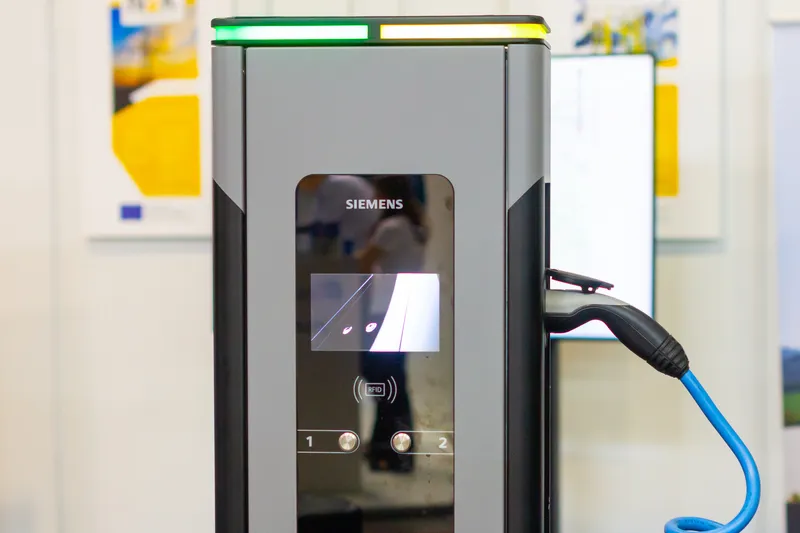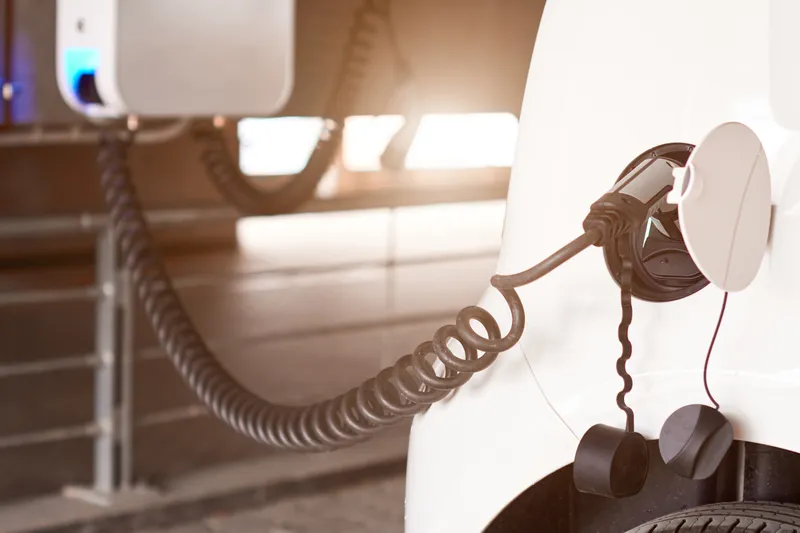
Yunex Traffic has launched itself into the electric vehicle (EV) charging infrastructure business in the US by installing chargers in the town centre of Peachtree Corners, Georgia.
The Siemens VersiCharge AC Level 2 chargers provide 11.5 kW on a 48A circuit and are compatible with the most common EVs on the market today, Yunex says.
They serve a busy social area containing restaurants, a movie theatre and retail stores, and are currently free to use.
“Our experience in providing EV charging infrastructure for clients in Europe has provided us the capabilities to move into this market successfully," said Jon Ringler, Yunex VP of sales.
"While standards may differ, the principles are the same. We provide a turnkey solution, perfect for any agency or private sector business that wants to provide EV facilities for drivers.”
Yunex insists it ensures interoperability to third party software companies by selecting chargers compatible with the Open Charge Point Protocol (OCPP).








